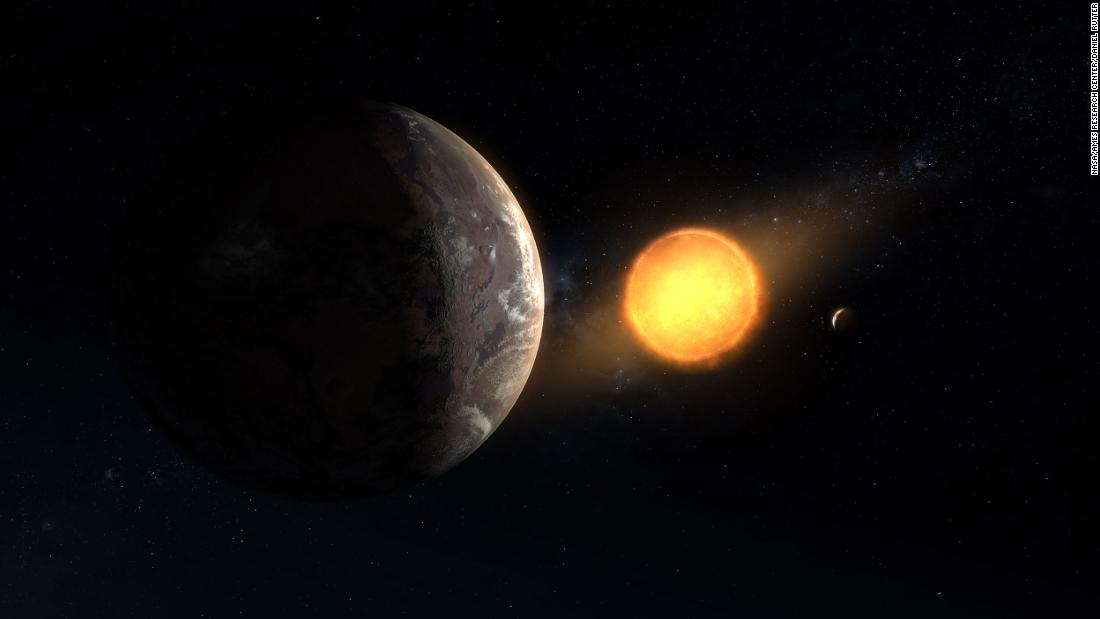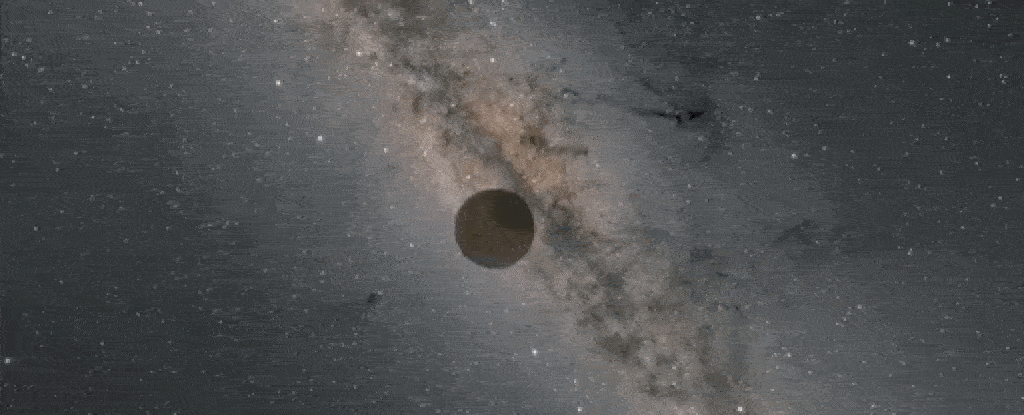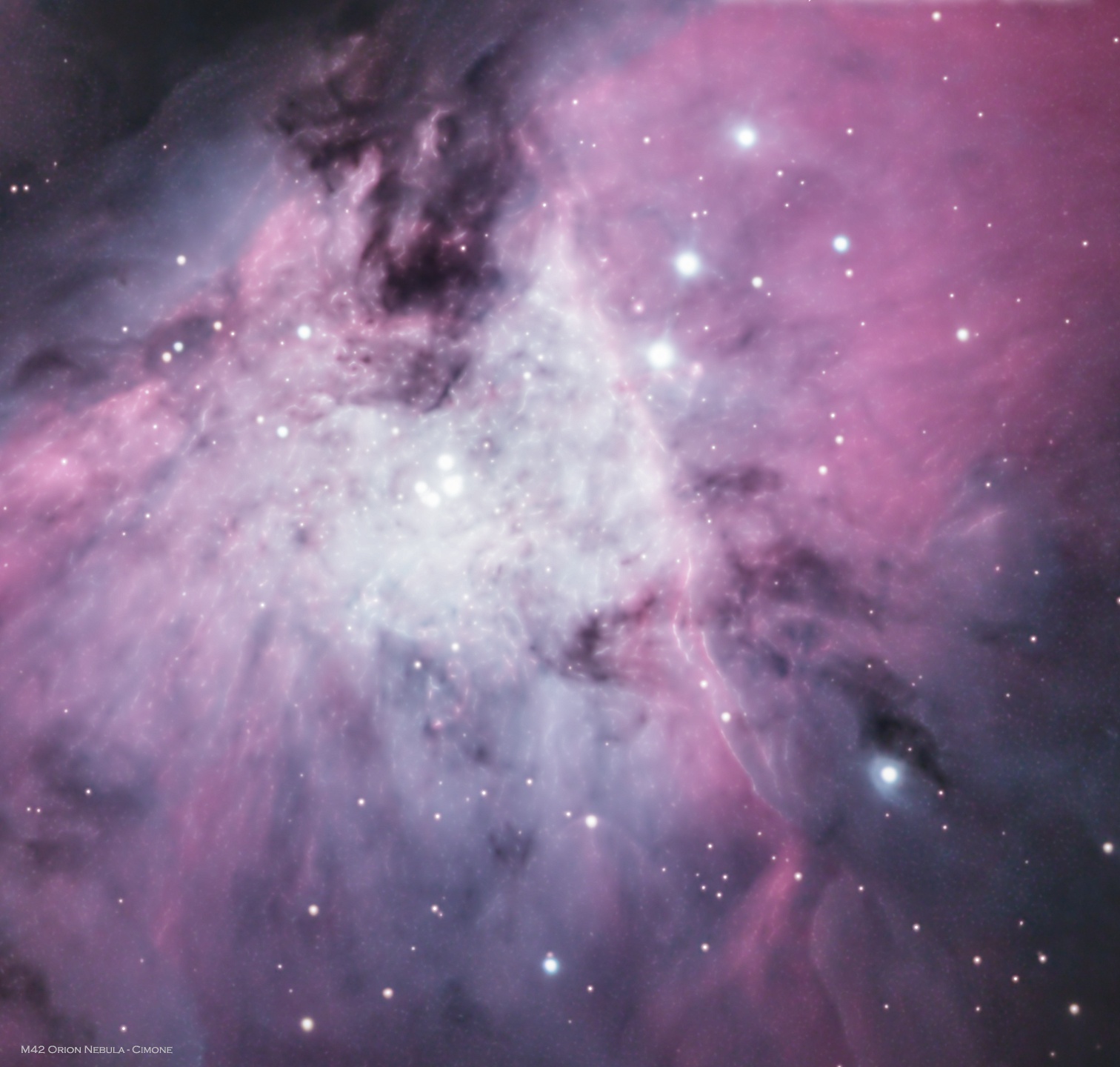
Other things to check out:
Does Mars Get Too Much Attention? - The Atlantic

What does Byrne, a planetary scientist at North Carolina State University, have against the red planet? Nothing, he told me. But everyone else loves Mars too, and maybe a little too much.
"One of the really embarrassing things is that we don't really know what the ice giants are made of," Francis Nimmo, a professor of earth and planetary sciences at UC Santa Cruz, told me. "Everybody calls them ice giants, but we don't actually know that that's true." Ice is certainly one ingredient, Nimmo said, but beyond that, scientists can only guess.
Lithologic Controls on Silicate Weathering Regimes of Temperate Planets - Astrobiology
Silicate weathering model based on weathering reactions and fluid flow rates. The energy balance between incident stellar flux and outgoing longwave radiation results in evaporation and precipitation leading to runoff through the continental soils. Analogously, hydrothermal heat flux is responsible for the flow rate of hydrothermal circulation through the seafloor pore-space.
The atmospheres of temperate planets may be regulated by geochemical cycles. Silicate weathering provides essential negative feedback to the carbonate-silicate cycle (carbon cycle) to maintain temperate climates on Earth and possibly on Earth-sized temperate exoplanets.
Artificial intelligence identifies 50 new planets from old NASA data | Latest News |

An illustration of Kepler-1649c orbiting around its host red dwarf star. This newly discovered exoplanet is in its star's habitable zone and is the closest to Earth in size and temperature found yet in Kepler's data.
British researchers have identified 50 new planets using artificial intelligence, marking a technological breakthrough in astronomy.
Astronomers and computer scientists from the University of Warwick built a machine learning algorithm to dig through old NASA data containing thousands of potential planet candidates.
Were you following this:
Recently Discovered Planets Not As Safe From Stellar Flares As First Thought - Astrobiology
A nearby star, the host of two (and possibly three) planets, was initially thought to be quiet and boring.
This star, named GJ 887, is one of the brightest M stars in the sky. M stars are low-mass red stars that outnumber stars like our sun more than tenfold, and the vast majority of planets in our galaxy orbit them.
GJ 887 had initially been spotlighted for the apparently gentle space environment it provides to its recently discovered planets. In monitoring by NASA's Transiting Exoplanet Survey Satellite (TESS), a mission to search for planets outside our solar system, the star oddly exhibited no detectable flares over 27 days of continuous observations.
Space Could Be Filled With Hidden 'Rogue' Planets - And We May Soon Be Able to See Them

Hidden among the seeming endlessness of space, there could be countless worlds that never see the light of day. These mysterious bodies, called rogue planets, are not like other planets, although there could be multitudes of them.
In our own Solar System, Earth and all its planetary siblings orbit around the Sun, bathing in its warmth and light. Rogue planets , on the other hand, are unbound to any star – they simply drift alone through empty space, belonging to nothing except the darkness.
Bacterial colonies survive in space for years, could seed planets

A new study has now put that to the test. Researchers at Tokyo University placed dry pellets of a tough bacteria called Deinococcus radiodurans in panels on the outside of the ISS, where they were exposed to the freezing cold, high radiation vacuum of space. These pellets contained "aggregates" – large colonies of the bacteria of different thicknesses, with no protective shielding.
"The results suggest that radioresistant Deinococcus could survive during the travel from Earth to Mars and vice versa, which is several months or years in the shortest orbit," says Akihiko Yamagishi, corresponding author of the study.
There's No Chemical Difference Between Stars With or Without Planets - Universe Today

Imagine if a star could tell you it had planets. That would be really helpful because finding planets orbiting distant stars – exoplanets – is hard. We found Neptune, the most distant planet in our own solar system, in 1846. But we didn't have direct evidence of a planet around ANOTHER star until…. 1995. …149 years later. Think about that. Any science fiction you watched or read that was written before 1995 which depicted travel to exoplanets assumed that other planets even existed.
No comments:
Post a Comment